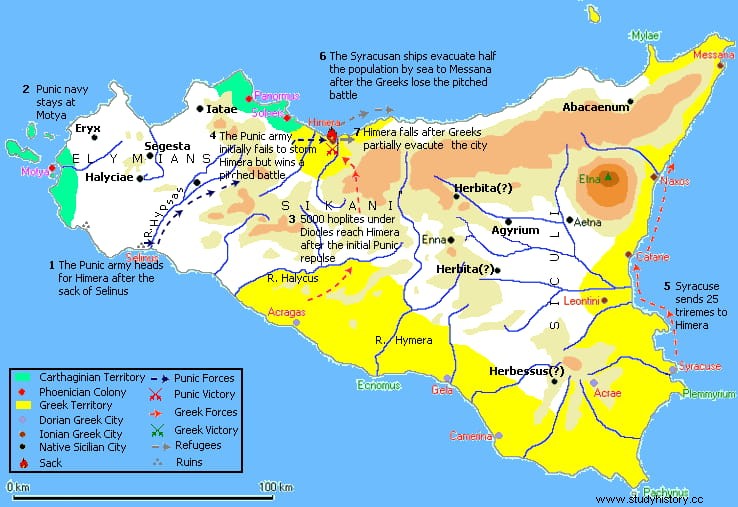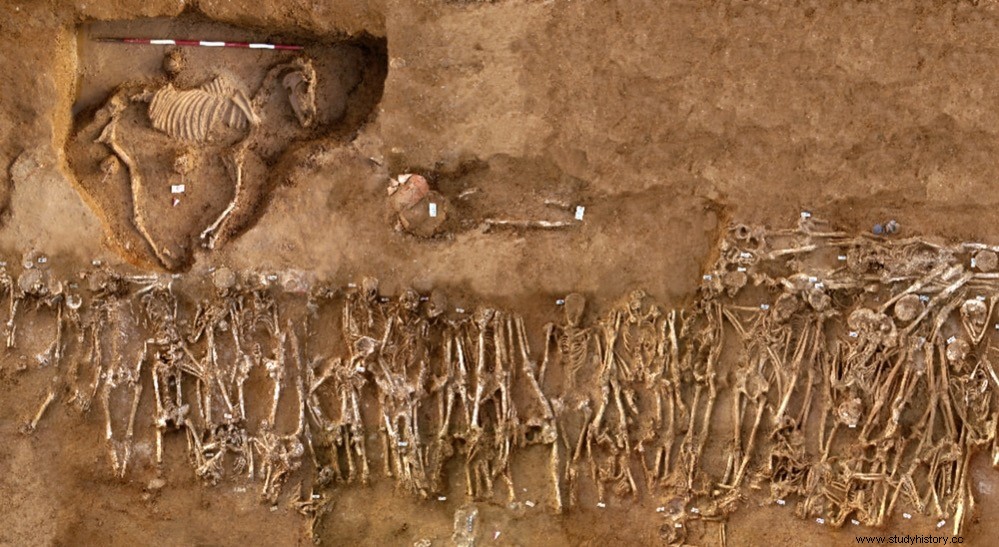Geochemical evidence reveals that Himera's battle armies were a mix of locals and outsiders, according to a study published in the open-access journal PLOS ONE by Katherine Reinberger of the University of Georgia and colleagues at she. These data contradict certain claims made in the historical accounts of ancient Greek writers.
In 480 BC, the ancient Greek city of Himera successfully fought off a Carthaginian army. In 409 BC, Carthage attacked again and Himera fell. Historians of the time, such as Herodotus and Diodorus Siculus, write that Himera held strong in the first battle thanks to the help of the Greek allies, while she was left unaided in the second.
However, given the limited and partisan perspective of these ancient historians, these accounts may be incomplete and biased.

The authors of the present study contrasted these historical claims with geochemical evidence. They took samples of strontium and oxygen isotopes from the tooth enamel of 62 soldiers who fought in the battles. Soldiers' dental chemistry varied depending on their region of origin.
Researchers found that only a third of Himera's soldiers from the first battle were locals to the area, while around three-quarters were locals from the second battle, corroborating written claims that Himera received more help from outsiders. the first time in the second battle. However, the evidence also shows that, contrary to what is said in writing, many outsiders were not Greek allies, but mercenaries hired from outside Greek territories.

This study demonstrates the power of archaeological remains to test the claims of historical texts and reveals possible bias in ancient writings.
Historians of ancient Greece may have intentionally downplayed the role of foreign mercenaries in the battles of Himera in an attempt to maintain a more Greek-centric narrative and avoid the potentially unpleasant topic for Greek society of foreign hired mercenaries. .
The authors add:In this case we were able to use the isotopes to support ancient historians, while challenging those sources by finding evidence of potentially foreign mercenaries and soldiers from widely diverse geographic origins. This study is also important for future studies on migration in the Mediterranean by expanding the network of comparative isotope values .
